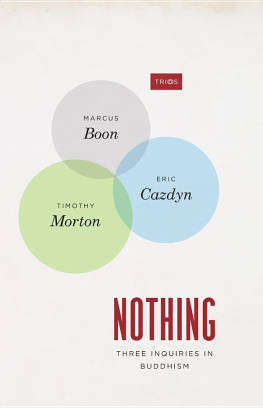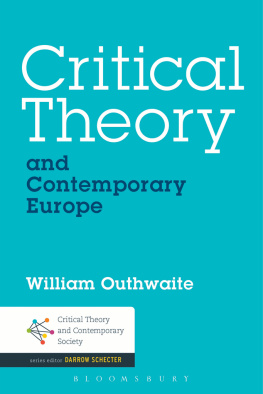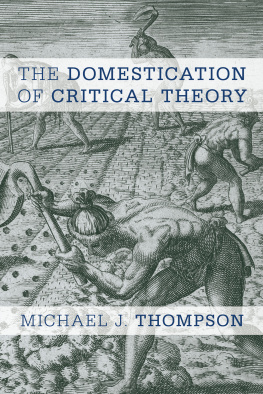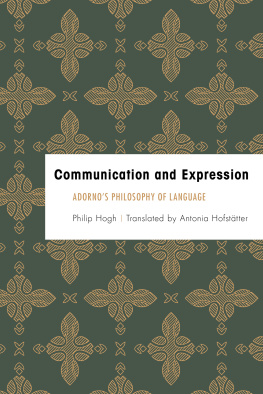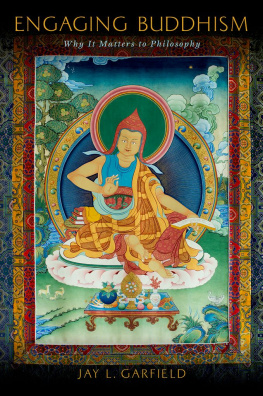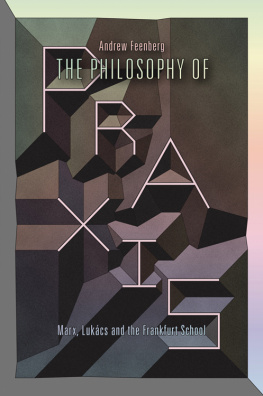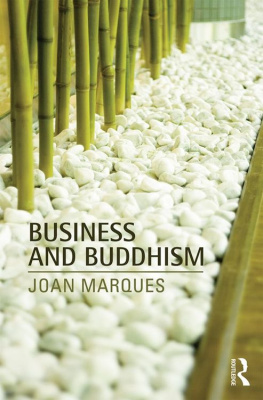1
So much nothing, so little time. This is a book made of nothings: with a smile and a quizzical frown, let us talk about nothing. Ours is a moment replete with theoretical and philosophical nothings: Alain Badiou with his zero, Slavoj iek with his Less than Nothing, and nihilist forms of speculative realism (Ray Brassier, Nihil Unbound) to name but a few. In this book, the reader will encounter all kinds of nothing. There are the epistemological gaps between Buddhism and critical theoryfor instance, their misalignments and misunderstandings. Then there are gaps and voids that might be ontological: gaps between and within things themselves, within what the many forms of Buddhism and theory take to be reality: nothingness, gap, no-thing, emptiness, annihilation; event, revolution, void. There are indeed cracks and spaces within the very concepts of nothing and nothingness that pervade Buddhism, theory, and Western philosophical appropriations of Buddhism more generally.
Beyond and behind all these, we hope that Nothing: Three Inquiries in Buddhism will engage the void between Buddhism and critical theoryprecisely by opening up these nothings, gaps, and zeroes. The purpose of this introduction is to outline the contours of the nothings that make up this book.
Perhaps one could sum up the story of Buddhism and theory at the moment of its appearance?
Or we can come at this from the other direction and ask if the fusion has already played itself out, if the fantasy of the non-West as buried treasure, in the form of exotic desire or career opportunism coming from the West or of incorrigible nativism and self-orientalism from the East, has now died a merciful death like so many other cross-cultural utopiasfrom the failed projects of world literature and global philosophy to the neoliberal appropriation of multiculturalism. Either way, as beginning or end, birth or death, the meetings and nonmeetings of Europe and non-Europe persist and must persist, even if the integrity of these geographical and philosophical categories might not.
Platos Theaetetus asserts that philosophy begins in astonishment. The point implies an inner disposition, a disposition that one hesitates to call subjectivityeven the term inner is itself suspect.
What is called theory, thencritical theory, literary theory, and so onseems at first glance to be remarkably like what is called Buddhism. Both these terms are Western. There is no Buddhism as such, and there is no one Buddhism, although the multiplicity of Buddhisms now popular in modern religious studies scholarship might obscure the commonalities between different sects of Buddhism, commonalities that are familiar enough to a practitioner of Buddhism. The notion of practice is precisely at issue. To practice Buddhism is to be involved in a deeply theoretical, reflective exercise that in Theravadin traditions and elsewhere is formalized as hearing, contemplating, and meditating. Hearing implies not simply reading and hearkening to discourse, but fully absorbing and understanding. Contemplating is making the Buddhadharma personal: to read, mark, learn and inwardly digest it (The Book of Common Prayer). This phase can involve intense debate, such as the ritualized, intense debating promulgated in the Gelugpa sect of Tibetan Buddhism, where monks and nuns will debate for days concerning the finer points of dharma, down to the last one standing. The historical Buddha himself was said to require his students to test the metal of the teachings themselves by subjecting them to rigorous intellectual and practical scrutiny. Meditating is the practical partin Tibetan, meditation is called gom, which means getting used to. To become deeply familiar with a set of meditation techniques is to realize the dharma on an existential level. Theory then becomes a kind of practice and practice in turn is a form of theoretical reflection, a radical hesitation in the face of ones confusion.
As for praxis, the inescapable and irresolvable problem of the relation between theory and practice, in which each term can never be fully incorporated into the other and the ultimate unevenness of the two terms is precisely what enriches the problem, it is the key component that Buddhism shares with the various subgenres of critical theory. From the radical feminisms of Luxemburg and hooks to the revolutionary psychoanalyses of Lacan and Guattari, the implacable problem of praxis, of rigorous reflection and go-for-broke action, is the hallmark. Or we might, however counterintuitively, turn to the Frankfurt School, where despite Marcuses and Adornos suspicion of Buddhism not to mention Eric Fromms overzealous attraction to it, we can locate the shared priority of turning to the superstructure, to the complexity of subject formation and un-formation as well as to the process of ideological interpellation, without turning away from infrastructural realities.
Indeed, it is the question of desire itself that runs like a red thread through Buddhism and critical theory. Why would someone desire their own oppression, the Frankfurt School thinkers asked when challenging the false consciousness models of the orthodox Marxisms. Likewise any radical Buddhist, either on the cushion or in the library, must necessarily struggle with the question of how to make a desirable revolution, of the self and of the social, without desiring it.

